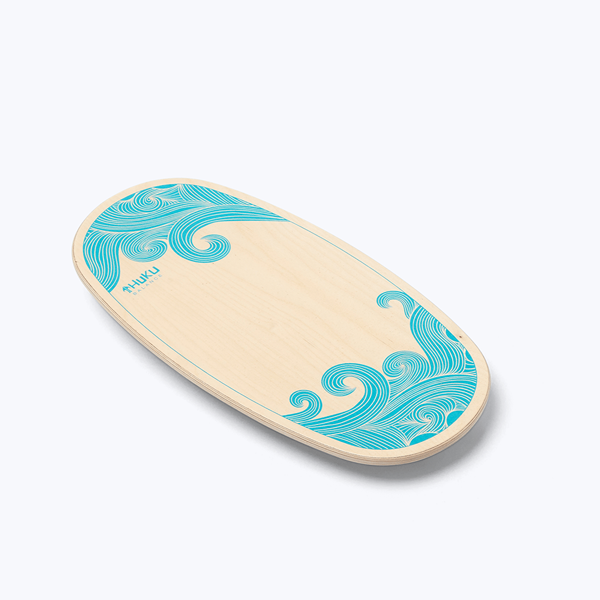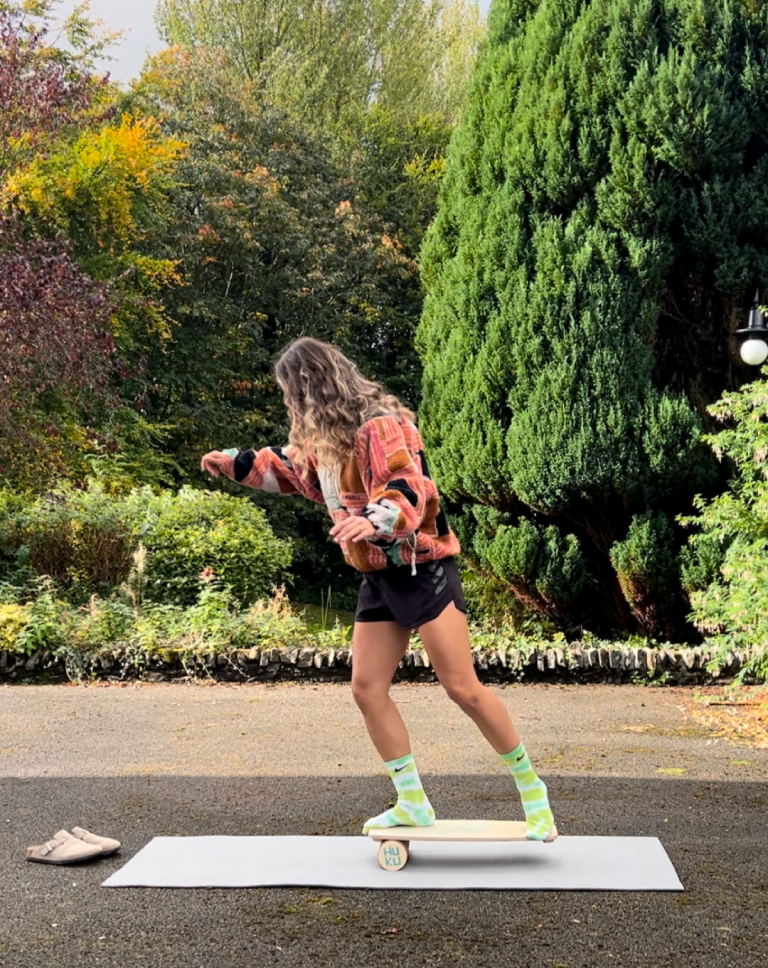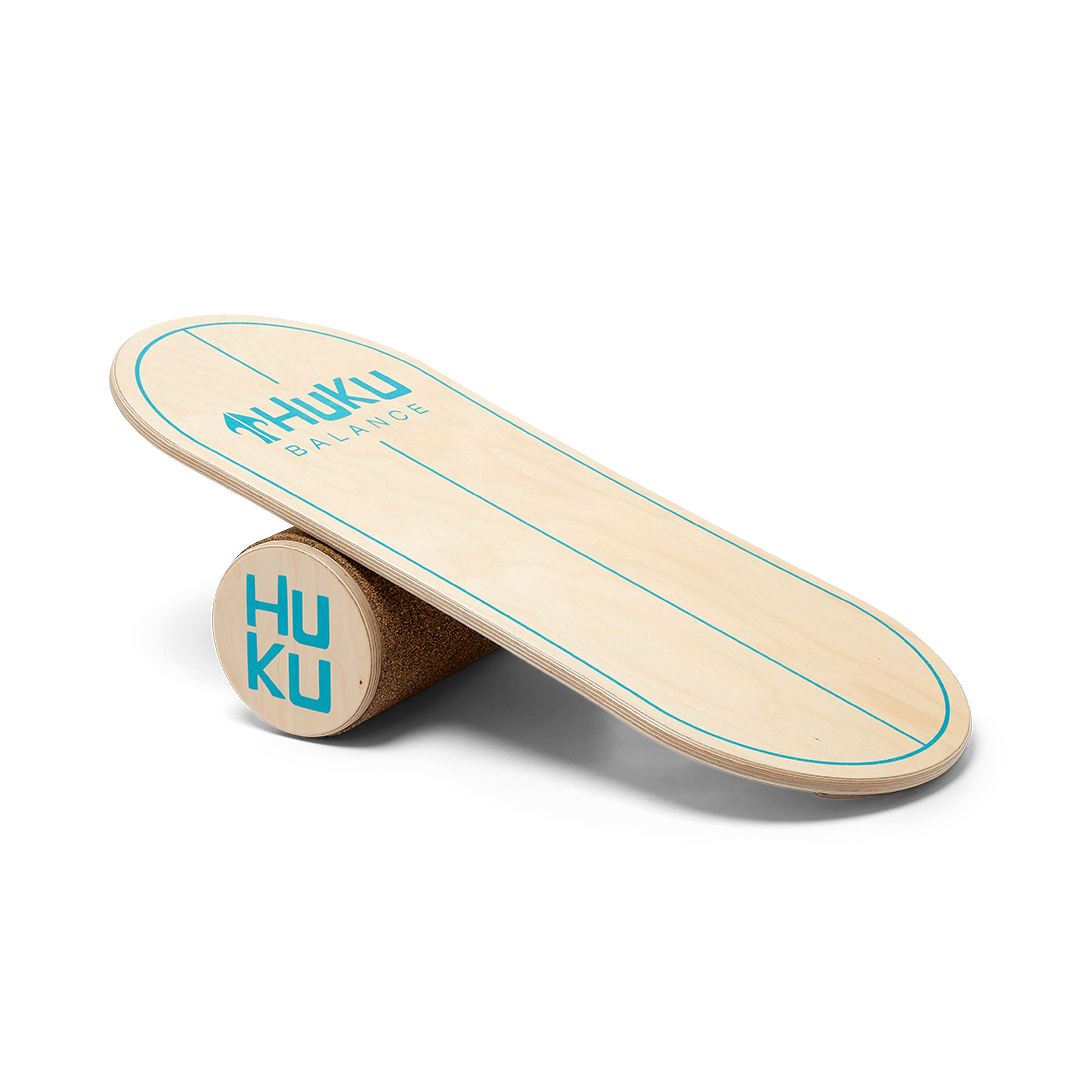Treating a sprained ankle with a wobble board

How to Treat a Sprained Ankle with a Huku Lár Wobble Board: A Practical Guide to Recovery
Spraining an ankle can be a real nuisance, whether you’re an athlete, a weekend hiker, or just someone going about their daily life. The key to getting back on your feet is proper rehabilitation. One of the best tools to help you recover is the Huku Lár Wobble Board. In this guide, we’ll look at how you can use this simple, yet effective tool to treat a sprained ankle and speed up your recovery.
What Happens When You Sprain Your Ankle?
A sprained ankle happens when the ligaments that support your ankle get stretched or torn, usually from a fall, a sports injury, or even just stepping awkwardly. You might notice pain, swelling, bruising, and difficulty moving your ankle. Recovery involves easing the pain and swelling, rebuilding strength and flexibility, and gradually getting back to your normal activities.
Why Choose the Huku Lár Wobble Board?
The Huku Lár Wobble Board is designed to help improve balance, coordination, and proprioception—your body’s ability to sense its position in space. These are crucial for healing a sprained ankle. Here’s why the Huku Lár Wobble Board is such a great physio aid:
- Boosts Stability: The wobble board challenges your balance, forcing your ankle to work hard to stabilise your body. This strengthens the muscles around your ankle, helping you recover faster.
- Enhances Proprioception: After an ankle injury, your proprioception can be impaired. Using a wobble board helps retrain your body’s sense of balance, reducing the chance of future sprains.
- Increases Flexibility: Regular use of the Huku Lár Wobble Board can help you regain the range of motion in your ankle, which is often limited after an injury.

How to Use the Huku Lár Wobble Board for Ankle Recovery
-
Start with Seated Balance Exercises:
- Sit on a chair and place your injured foot on the wobble board.
- Gently rock the board back and forth, focusing on slow, controlled movements. This eases your ankle into movement without putting too much weight on it.
-
Move to Standing Balance Exercises:
- Once you’re comfortable with the seated exercises, progress to standing on the wobble board. You might want to hold onto something sturdy for support at first.
- Slowly shift your weight from side to side, then front to back. This helps rebuild strength and stability in your ankle.
-
Try Circular Movements:
- As your ankle gets stronger, try making circular movements with the wobble board. This challenges your ankle in all directions, helping with comprehensive rehabilitation.
-
Advance to Single-Leg Balancing:
- When you feel ready, try balancing on the wobble board with just your injured foot. This is a more advanced exercise that will significantly improve your balance and ankle strength.
-
Incorporate Functional Movements:
- As you near the end of your rehabilitation, try doing functional movements like squats or lunges on the wobble board. This prepares your ankle for everyday activities or sports.
The Benefits of Using the Huku Lár Wobble Board for Recovery
- Quicker Recovery: Consistent use of the wobble board can speed up your recovery, helping you regain full function more quickly.
- Lower Risk of Re-Injury: Strengthening your ankle and improving your balance with the wobble board reduces the chance of spraining your ankle again.
- Convenience: The Huku Lár Wobble Board is easy to use at home, making it convenient to fit your rehab exercises into your daily routine.

Final Thoughts
Recovering from a sprained ankle takes time and effort, but with the right approach, you can make a full recovery. The Huku Lár Wobble Board is an invaluable tool in this process, helping to boost your stability, improve your balance, and get you back on your feet more quickly.
Before starting any rehabilitation exercises, especially after an injury, it’s always a good idea to consult a healthcare professional. With the right guidance and tools like the Huku Lár Wobble Board, you’ll be well on your way to recovery.




